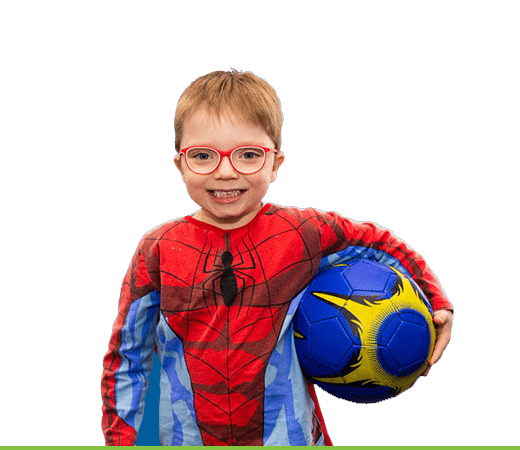How we can help
We offer evidence-based occupational therapy interventions for cerebral palsy and similar disabilities, including:

We provide occupational therapy for cerebral palsy and similar disabilities in one-on-one or group sessions, tailored to your goals, at all CPA centres across NSW and ACT.
Our occupational therapists work closely with our physiotherapists, speech pathologists, and exercise physiologists to provide complete and coordinated care.
NDIS funding
Our therapy teams are growing, and we have appointments available now across NSW and ACT for people with cerebral palsy and similar physical disabilities, including:
"*" indicates required fields
We will respond as soon as possible, between Monday-Friday 9:00am - 5:00pm
Working with you and your network of family and carers, occupational therapists offer:
Occupational therapy can be provided in one-to-one or group sessions. We always work towards the goals set by you.
Our occupational therapists work closely with physiotherapists, exercise physiologists and speech pathologists to ensure a holistic approach to services.

Our therapy approach: Goal Directed Training